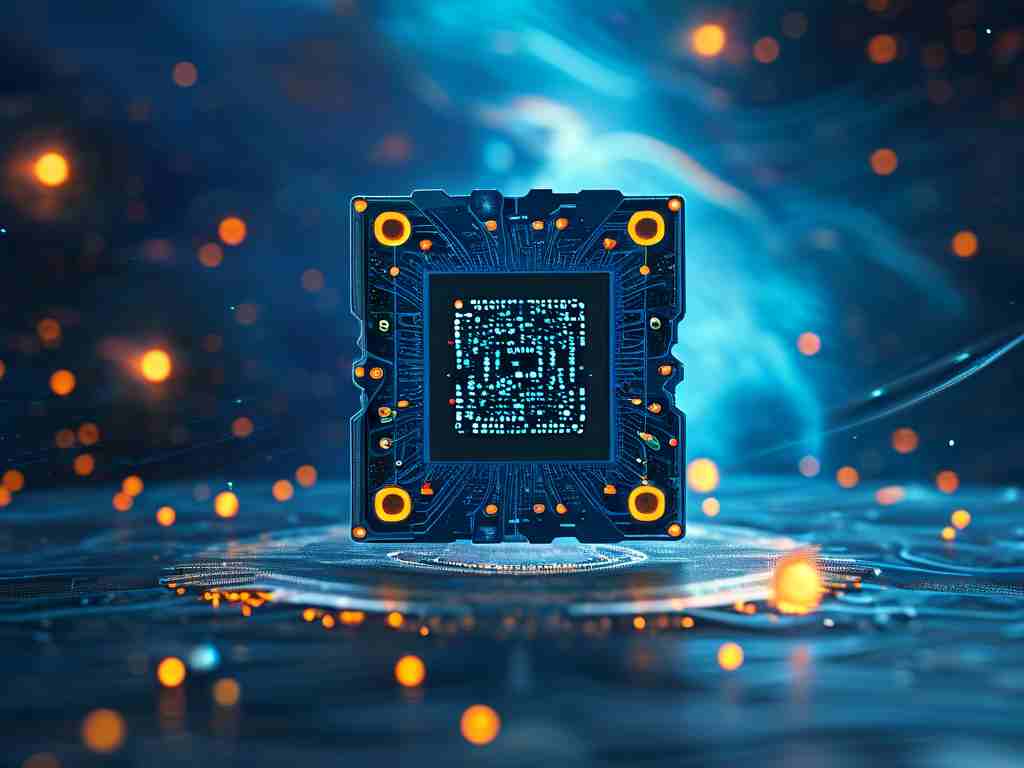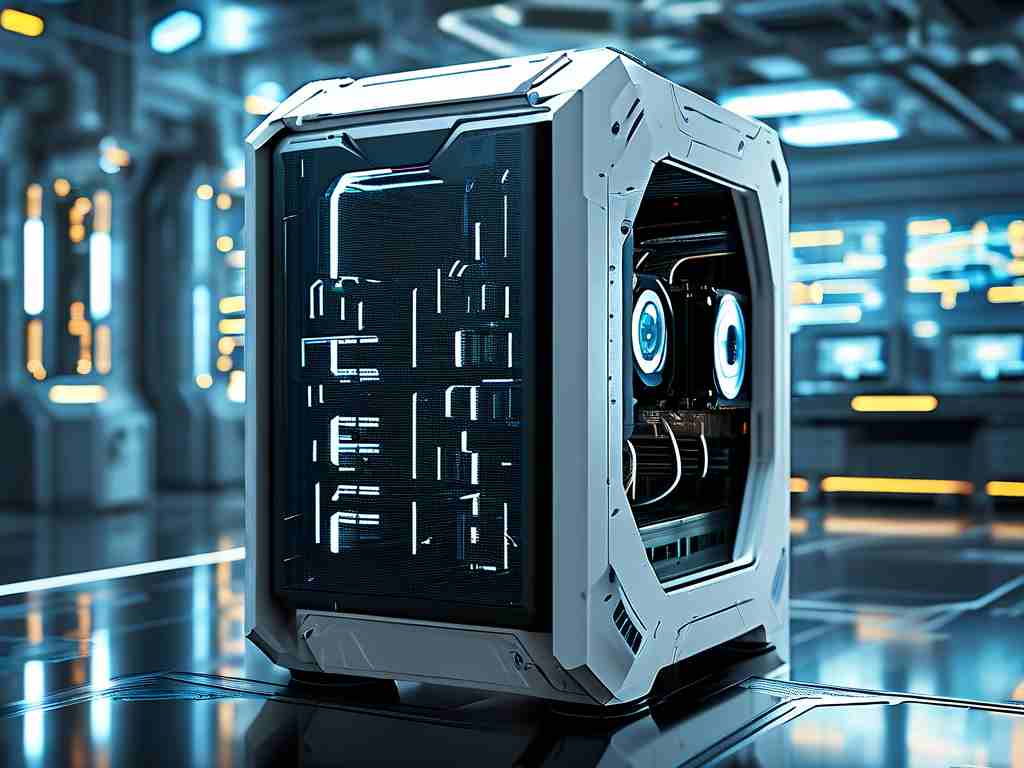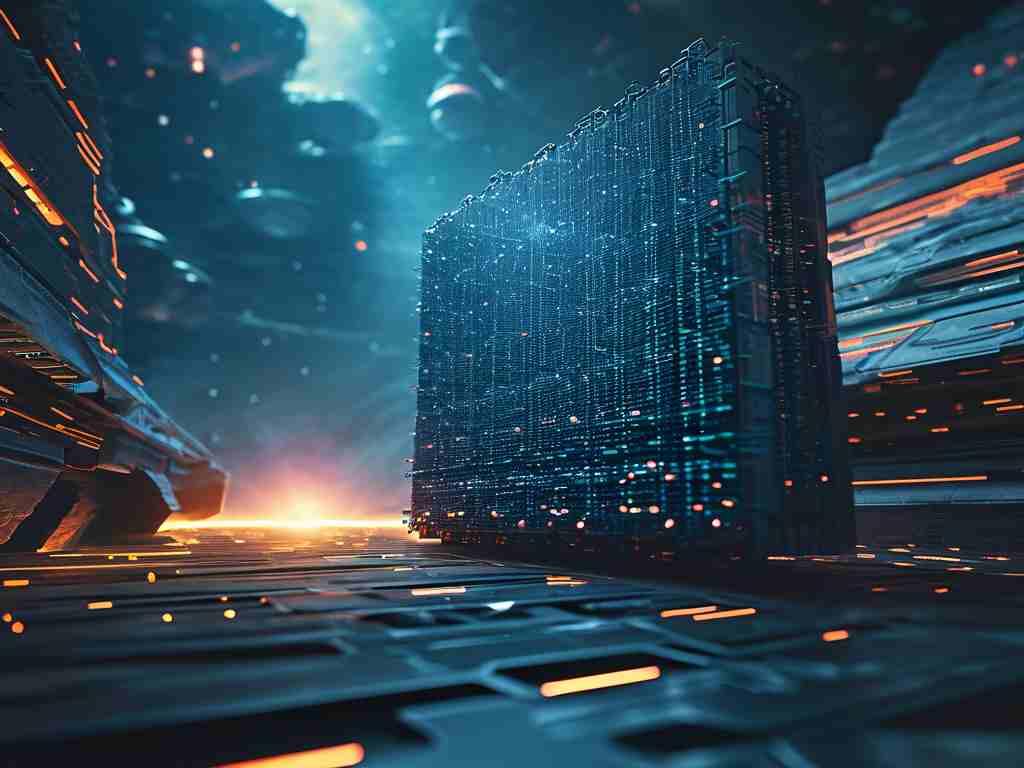Quantum computing memory fundamentally transforms how we store and process information, diverging sharply from classical computing's binary approach. Where traditional memory relies on bits holding values of 0 or 1—think of transistors in your laptop—quantum memory operates through qubits. These qubits exploit quantum mechanics principles like superposition and entanglement, enabling them to represent multiple states simultaneously. This isn't just incremental progress; it's a leap toward solving problems deemed impossible for conventional systems, such as simulating complex molecules for drug discovery or cracking modern encryption.

At its core, quantum memory refers to the storage and retrieval mechanisms in quantum computers. Unlike classical RAM or hard drives, which store data in fixed binary formats, qubits in quantum memory can exist in a blend of states. For instance, a single qubit might be both 0 and 1 at the same time, thanks to superposition. This allows quantum computers to handle enormous datasets in parallel, dramatically accelerating computations. Imagine trying to find a needle in a haystack: classical methods check each straw one by one, while quantum memory could evaluate all possibilities at once. This capability stems from quantum entanglement, where qubits become interconnected so that changing one instantly influences others, even across vast distances. Such phenomena enable robust error correction and efficient data transfer, critical for reliable quantum operations.
Delving deeper, the architecture of quantum memory involves specialized hardware like superconducting circuits or trapped ions. These components must maintain qubit coherence—keeping quantum states stable—against environmental noise, a major hurdle known as decoherence. Researchers tackle this with cryogenic cooling to near absolute zero and advanced error-correction codes. For example, IBM's quantum systems use superconducting qubits chilled in dilution refrigerators, while startups like Rigetti focus on hybrid approaches to extend coherence times. These innovations aren't just lab curiosities; they're paving the way for practical applications. In cryptography, quantum memory could render current security protocols obsolete, spurring efforts in post-quantum encryption. Meanwhile, in fields like AI, it might optimize neural networks by processing vast training sets in seconds instead of hours.
The evolution of quantum memory traces back to pioneers like Richard Feynman, who envisioned quantum simulations in the 1980s. Today, it's a hotbed of innovation, with tech giants and academia racing to overcome scalability issues. Current quantum computers, like Google's Sycamore, boast only dozens of qubits, limiting memory capacity. Yet, breakthroughs in topological qubits—which are more fault-tolerant—suggest a future where quantum memory scales to thousands of qubits, enabling real-world problem-solving. Challenges persist, such as high error rates and the need for specialized infrastructure, but collaborative projects like the EU's Quantum Flagship are driving progress.
Looking ahead, quantum computing memory could reshape industries by tackling optimization puzzles in logistics or climate modeling. As it matures, expect hybrid systems integrating quantum and classical memory for seamless user experiences. Ultimately, this isn't just about faster tech; it's about unlocking new frontiers in science and society, making the abstract tangible. Embracing this shift requires ongoing research and public awareness to harness its full potential responsibly.









